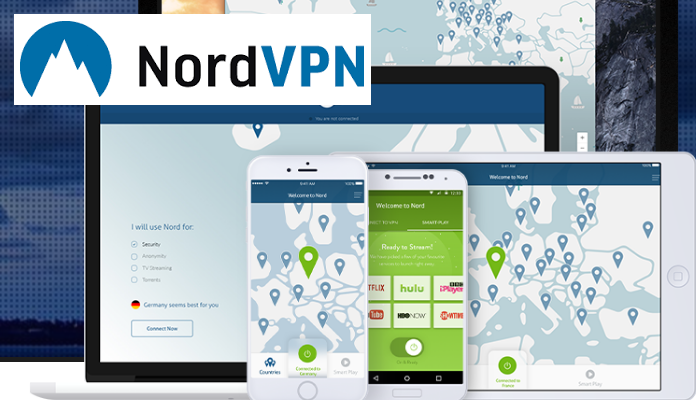

You can choose a server manually or use the Smart Location tool to find the best option. Mozilla VPN offers more language options but is only available in 17 countries, whereas ExpressVPN says it works worldwide.ĮxpressVPN has servers in 94 countries. Neither offers Thai or Turkish support, but ExpressVPN does. Likewise, TunnelBear mentions language support on mobile apps but does not list translations for desktop users. While competitors like NordVPN support up to 10 languages, capabilities differ among applications. Chrome and Firefox extensions also support multiple languages, and ExpressVPN has translated popular website content into some or all languages. Windows, iOS, Mac and Android users can choose from 17 languages. Fortunately, ExpressVPN prioritized language upgrades starting in 2019.

Yet, few VPN services provide details about supported languages. Thus, as of now, there isn't anything to retrieve the password from.Multilingual teams should have the same experience across mobile and desktop apps as English-speaking users. Looking at the keychains in the Keychain Access application, I see only entries of kind IPSec Shared Secret in the system keychain and nothing in the login keychain or local items. It would be a great plus if that wouldn't even ask me to enter a password but retrieves it from the keychain instead.

Installing another VPN client might solve that problem but you can also use a script as a workaround.Ī script or at least an alias is a good idea anyway because I'd like to have something as short as vpn connect "myVPN". People are discussing for years now whether this is actually a bug or a feature of the built-in VPN client in Mac OS.

Unfortunately, it is required to enter the password every time I connect because the account password is not stored in the keychain. Both mentioned commands work with the built-in VPN client.


 0 kommentar(er)
0 kommentar(er)
